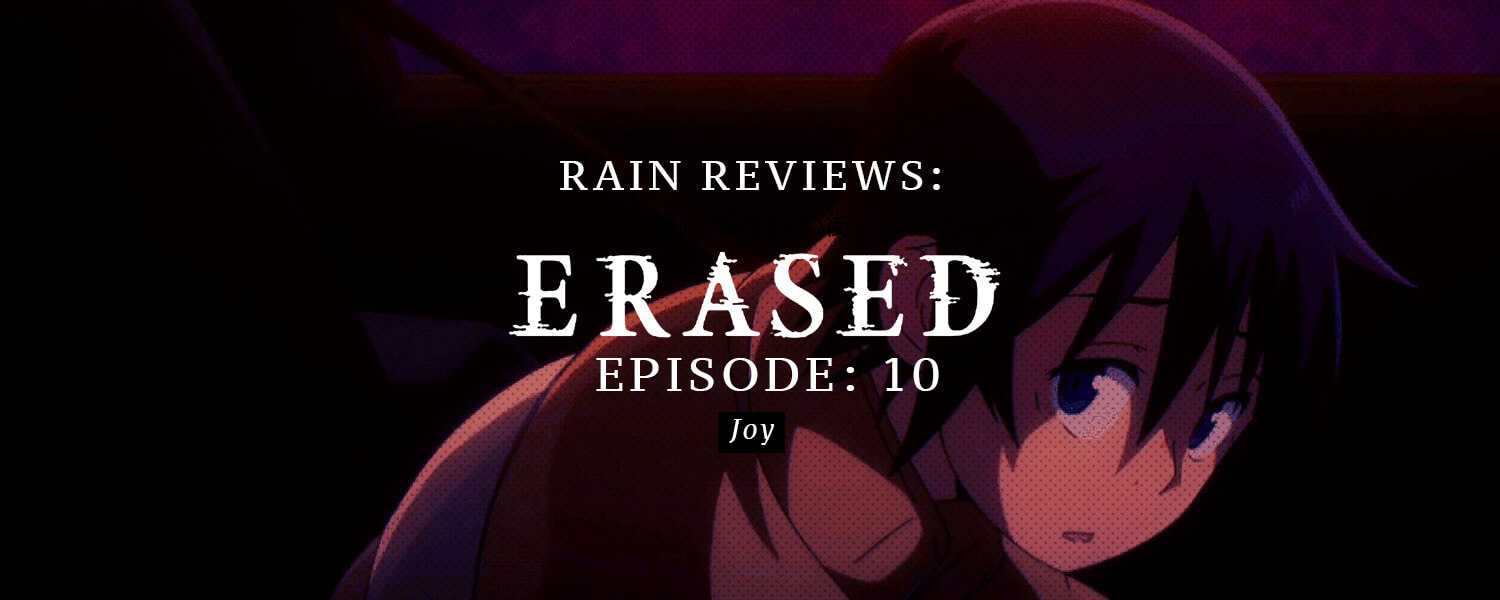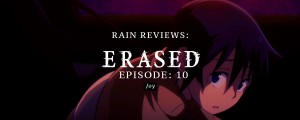It finally happened: the killer has been revealed! Was it as intense as the rest of the show, or did something about the reveal fall flat? Let’s look at ERASED Episode 10 and see how it all played out!
Note: The following review contains spoilers of the tenth episode of ERASED. If you do not wish to be spoiled, please watch the episode before you continue reading. If you haven’t seen the series, be sure to check out our first impression here (Spoiler-Free).
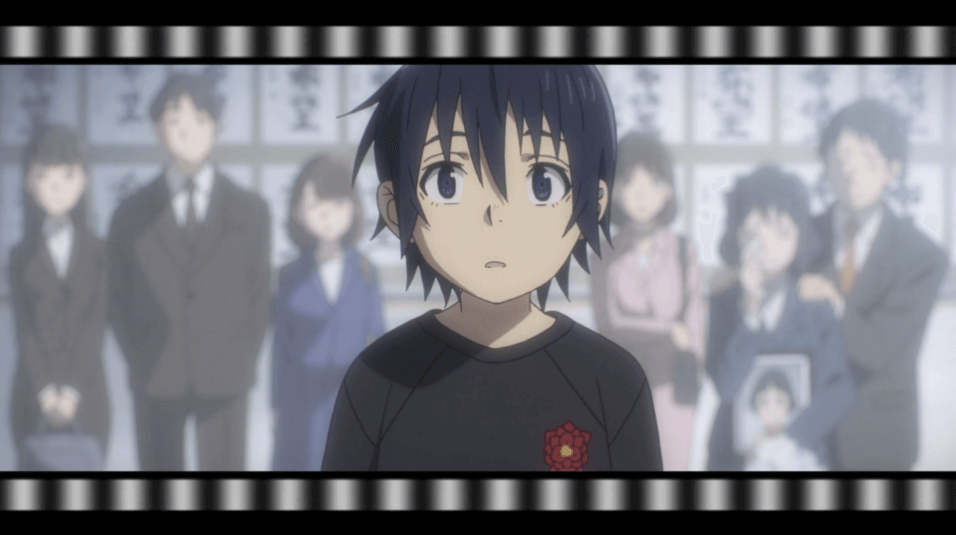
The episode opens up with a scene from the original timeline of the abduction and murder cases; it’s graduation day for the elementary school kids in Satoru’s class, and his teacher delivers a stirring speech to them. “Today you graduate elementary school, but there is still so much that’s missing. That goes for me, too. And yet, I think filling up that missing something is what life is.” This sentiment gets repeated later on in the episode. In this context, Satoru looks up from his desk as sunshine hits Yashiro, indicating that he finds what his teacher says to be uplifting.
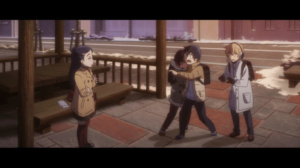
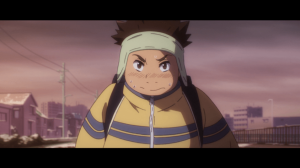
Satoru’s efforts to protect Aya Nakanishi are amusingly awkward as he tries to find a way to connect to her. Thanks to his friend Kazu, though, negating the time Aya spends by herself becomes rather simple. While the show has made saving the other two victims far more easy than saving Kayo, I don’t necessarily consider it a bad thing: Kayo’s story dealt with more complicated emotions as well as an extremely difficult home life. The other two, while having their own difficulties to deal with, aren’t involved in the same strife-filled familial situation. The show knows what the draw of the story is: Kayo’s situation and how it can be solved, and the quest for figuring out who is behind the murders of the past and the present.
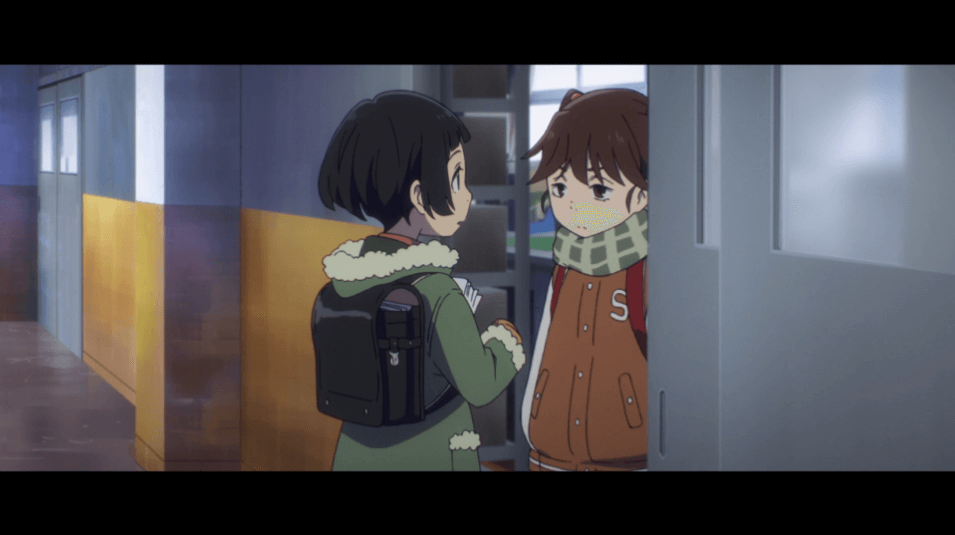
The episode addresses a number of things I thought about in the review for Episode 9. To begin with, Satoru considers the possibility of the killer looking for new targets after the original three are kept out of harm’s way. Hiromi talks to Yashiro after a run-in with Misato, the classmate that accused Kayo of stealing the class’s lunch money earlier in the series. He learns that she’s kept to herself lately and has been ostracized by the others in their class. After missing an opportunity to talk with her, Satoru learns from his friends that she’ll be at the ice hockey game that afternoon. He refuses their help with the situation and heads to the gymnasium. Once again, this sets up a situation in which Satoru is alone. Considering that he had already been thinking about the killer looking for new targets, one would expect him to be extra cautious. Alas, this is just one of a few careless things he does.
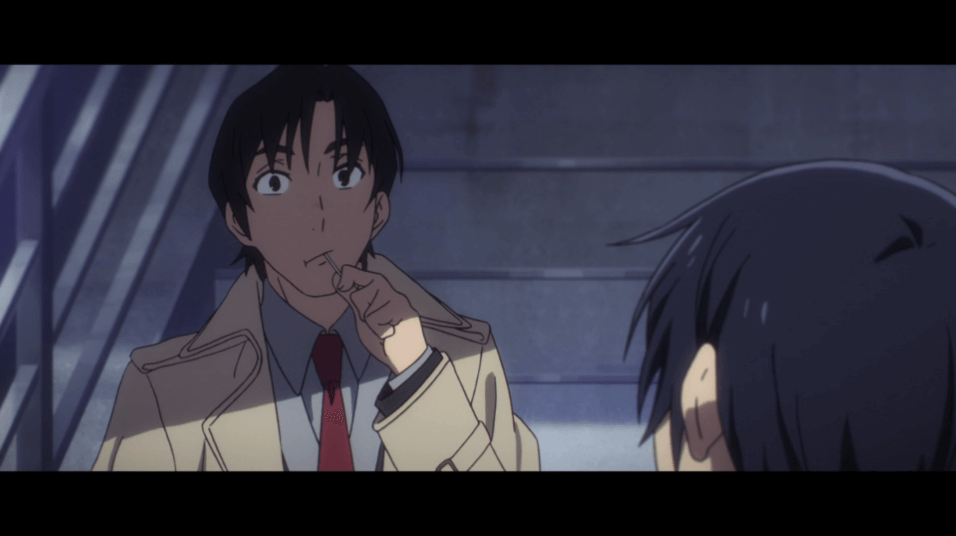
So, let’s get to the crux of the episode: the revelation of the killer’s identity. As it turns out, the perpetrator is none other than Satoru’s elementary school teacher, Yashiro. Thus, my comments from last episode’s review regarding the candy are rather clear: it was in fact the most obvious of red flags. Now, one of the things this show decided on was to keep Satoru’s focus on protecting Kayo and the other victims, rather than trying to figure out the person behind the crimes. Throughout the show, there haven’t been too many adults to look at as suspects: for Kayo, her mother was obvious, but she wouldn’t have an interest in the other children. The only other adult that we see the most of aside from Yashiro is Satoru’s mother Sachiko, and we already knew it wasn’t her. While there ideally would have been at least one other person to look at as a prime suspect, I don’t have too much of an issue with the allusions made to Yashiro. Excluding Episode 9’s blinding spotlight which is the car scene, the allusions to him being the perpetrator were rather subtle at times, and how certain events turned out caused me to question my suspicion of him. So, him being the killer in the end, while not surprising, doesn’t feel overwhelmingly unsatisfying. That being said, the scene in which he reveals himself is quite underwhelming.
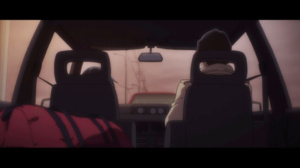
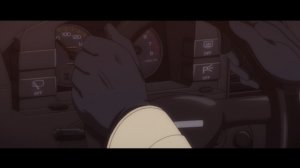
Is it the lead-up to the reveal that’s problematic? No, not at all. At this point, you can be pretty darn sure he’s the one behind it all, and the scene really prepares you for Satoru learning the truth: the position of the camera in the backseat of the car with a duffel bag in the foreground, alluding to the contents that will be Satoru’s undoing; the decisive clicking of the seatbelt; the camera slowly panning to Yashiro’s gloved hands on the steering wheel; finally, Satoru mentioning filling the emptiness not only in his heart, but in the hearts of others, which takes Yashiro aback. All of these are well executed. Even the buildup in conversation after that line is stated is done well: Yashiro starts to show his own way of thinking, which Satoru immediately finds extreme. Yashiro mentions his methods of trying to get close to someone, and you know right away that it’s the same methods he’s been using on Satoru the entire time. When Satoru slowly turns his head towards his teacher after learning that the car they’re in doesn’t belong to him, the scene is practically exploding from the tension. The title cards for this series have always been well-placed, and this episode is no different. The problem is what goes on after the title card is shown.
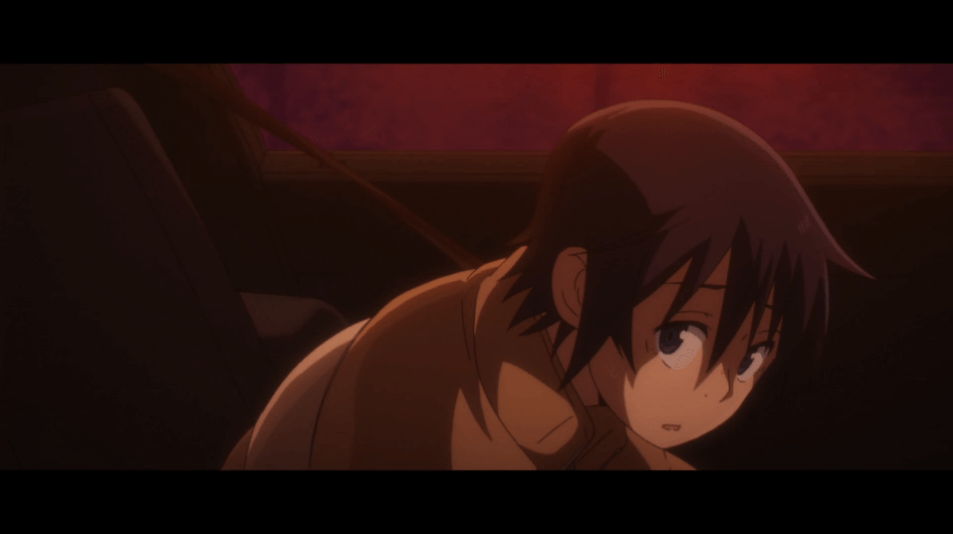
So, what’s wrong with how things play out after the title card? Well, the issue comes from Yashiro’s dialogue. He decides to tell Satoru how he knew for sure Satoru was thwarting his plans. While it’s reasonable to believe that he would give a succinct explanation of how he learned about Satoru’s involvement, the script reads “cliché villain dialogue.” He refers to his plans as his “plans,” which I’m not entirely convinced someone would actually say. He also carries on about how he tricked Satoru using Misato and Hiromi. There’s absolutely no need for him to mention each and every detail. This show so far has been one that uses a lot of visual clues, and this section of exposition throws that out the window. It’s rather disappointing, considering how well the direction has been when it comes to showing hints. In the end, Yashiro tells too much and acts rather cartoonish in his villainy.
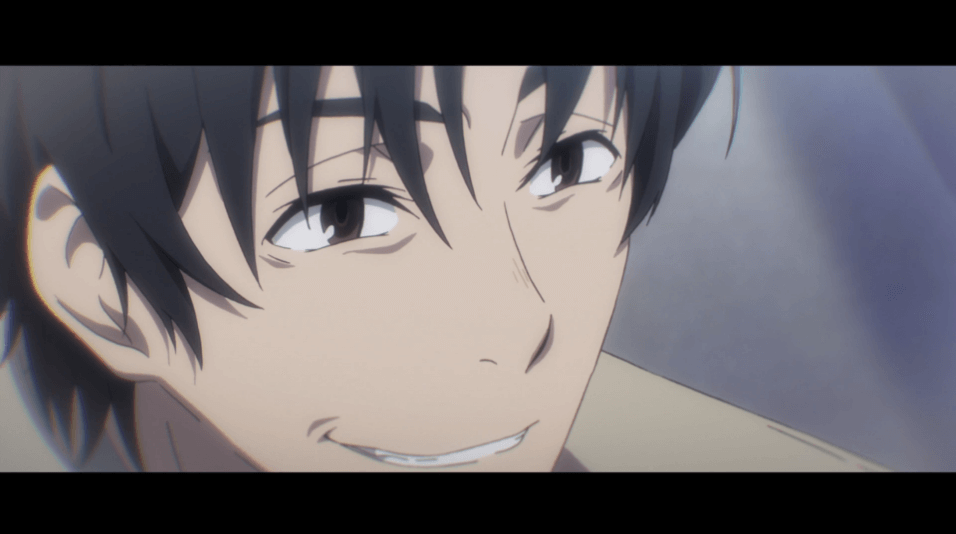
One could argue that, perhaps, he enjoys detailing just how he caught Satoru: maybe he gets off on exposing each and every detail to him. Doing that might fill the emptiness in his heart, as they discussed previously. If that is the case, then it makes no sense for him to also explain why he attempted to commit the crimes in the first place. The “why” of his actions is far more important and interesting than the “how,” and it never gets addressed. Why start with Kayo? Why continue on with Aya? Why did he feel those actions would fill his heart? The episode fails to address any of those questions. It comes as a surprise, considering how Kayo’s mother has been portrayed in the series: the woman abused her daughter regularly, and while Satoru saw her as simply an evil woman who had to be stopped, details about her life permeated throughout. The final episode with her in it further cemented the notion that the woman had problems of her own and dealt with them in an extreme way. Her actions were unacceptable, but there was still a sense of complexity and some compassion with regards to it all. The way the events play out in this episode leave no room for complexity or even understanding: Yashiro comes off as being evil with no real reasons given.
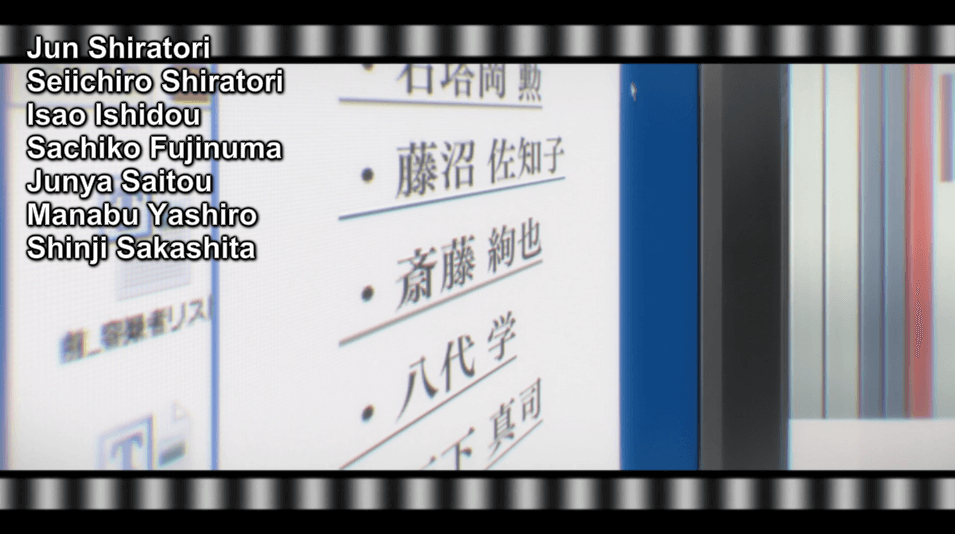
More details of how his plan came together are cut-off by Satoru’s realization that he had been foolish leading up to this moment. It turns out he was even more foolish than I realized, though: Yashiro’s name had been on the list of suspects seen in Episode 6, though looking back, neither his name nor Sachiko’s are shown. In fact, the list looks a little different in terms of name order: Episode 6 shows Jun Shiratori, Seiichiro Shiratori, Isao Ishidou, Shinji Sakashita, and Tadashi Yanagida. This episode’s list shows Jun Shiratori, Seiichiro Shiratori, Isao Ishidou, Sachiko Fujinuma, Junya Saito, Manabu Yashiro, and Shinji Sakashita. As it turns out, one of the names on the list is different, changing from Shinji Sakashita to Junya Saito. Leaving that inconsistency error aside, it really shows just how much Satoru left discovering the true identity of the culprit on the back burner. Despite my reservations about Yashiro’s portrayal in this episode, I do think he played innocent pretty well in front of Satoru, especially since Satoru had decided to try and not take the task of protecting everyone on his own. I suppose I just wish that he had done a little more investigating: the footprint on the box that he bade himself to remember seems rather pointless now, since he was never given an opportunity to recall that. In fact, it turned out being unnecessary.
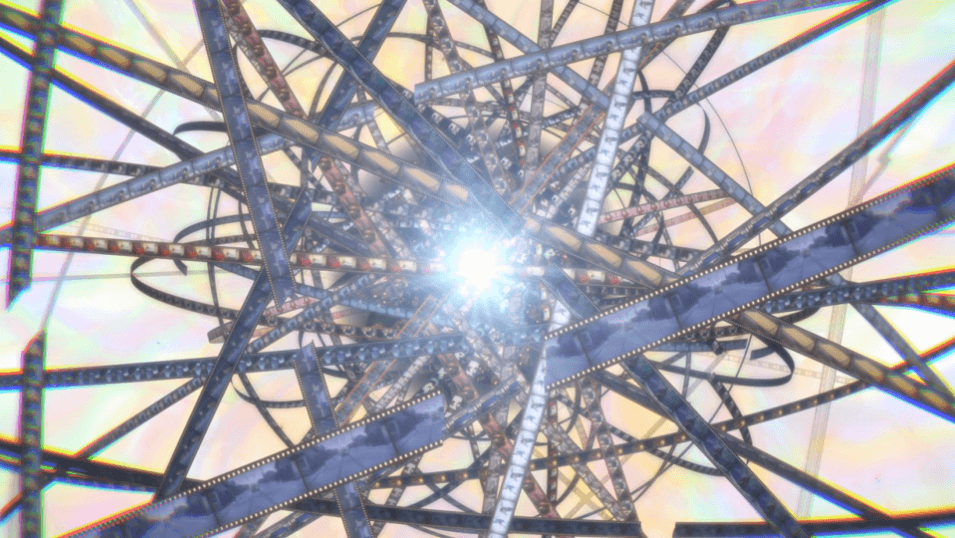
The end of the episode shows Yashiro placing a basketball on the gas pedal of the car and letting it roll into the river. While he hints that his actions are for curbing his own desires rather than revenge against Satoru, it’s still unclear as to what exactly are his desires. He mentions Satoru’s anticipations being as if he could see the future with an eerie smile on his face, leading me to wonder if he knows about the Revival ability. As he sinks into the water, Satoru tells Yashiro that he knows his future, causing him to stop walking. Satoru reflects on his past as the icy water takes his consciousness.
Despite my problems with Yashiro’s reveal as the killer, there were still a number of strong moments in this episode. Once again, those moments came down to the direction and visuals. The final scene of the film cells showing the people who have helped Satoru thus far ripping in half is wonderful, and, as mentioned, the visual build-up to Yashiro revealing himself is well done. While there were certainly missteps, I’m still looking forward to the next episode. I’m sure Satoru will turn out all right; it’s simply a matter of how. Since they made it a point for Sachiko to tell Satoru to call her as well as show a clip of her looking outside and presumably wondering where he is, I’m curious to see if she finds a way to save her son. ERASED has been relatively strong leading up to this moment, and while I think the dialogue and characterization were handled poorly, I still feel that the final two episodes can help offset some of the clunkiness of this one.

Featured Sponsor - JAST
The sweetest romance and the darkest corruption, the biggest titles and the indie darlings; for visual novels and eroge, there's nowhere better.
Big thank you to our supporters
From their continous support, we are able to pay our team for their time and hard work on the site.
We have a Thank-You page dedicated to those who help us continue the work that we’ve been doing.
See our thank you page